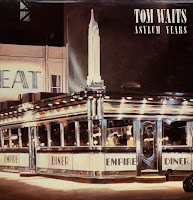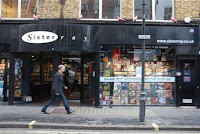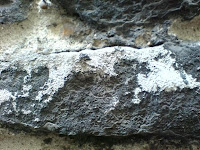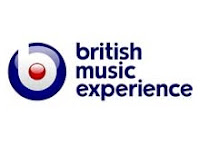Many Christmases ago, my younger sister received a copy of the Oasis video Live By The Sea, recorded at Southend’s Cliffs Pavilion. As was often the case in a one video household, in the days between Christmas and going back to school, we’d frequently squabble over whose new video was going get put on.
Feeling especially spiteful when my sister won this particular fight and Live By The Sea went into the video recorder, I immediately adopted a critical stance; I’d already made it pretty clear by that early stage in the brothers Gallagher’s career that I couldn’t stand them, and so I spent the first few minutes of their performance throwing insults at the screen, mocking their accents and so on. Childish, I know.
My biggest, and I think most well-founded, criticism was that they were just boring. They didn’t move about, they didn’t really engage with the audience, and overall – despite their growing reputation as one of the most important of the Britpop bands – they just left me feeling like they couldn’t be bothered to put on a show.
That notion of a big band being boring came to the front of my thinking when we went to see the Arctic Monkeys at Wembley Arena this week. Here’s one of the most popular bands in the UK at present, with three (mostly) critically acclaimed albums under their belt, and yet they failed to excite me at all.

Even songs which I really like of theirs, such as the relentless, urgent onslaught of the single ‘Brian Storm’ or Humbug’s ‘Crying Lightning’, were unimpressive and failed to stop me actually yawning. During one of the plodding slow numbers or tedious album filler tracks, I know I briefly nodded off. Of the two concerts we went to this week – Kasabian and this – this was the one I was looking forward to. I was broadly indifferent toward Kasabian and their elaborate big venue pretension, but came away mostly thinking they were excellent. With Arctic Monkeys I came away feeling drained of any enthusiasm whatsoever.
Reading their fans’ comments on the concert, it’s fair to say that I’m in the minority with this view. For me they’re just not a stadium rock band, and to see them trying to fill a big stage and a big stadium is just painful. Their only concession to the standard gestures of the stadium band appeared to be the deployment of bigger lighting systems than could feasibly fill a small venue, video screens (more on those in a moment) and occasional meek requests to the audience to see how they were feeling. As for those screens, which were mostly coloured in artistically edgy red tones, they were split so that they statically focussed in on one band member – something that was uniquely possible with Arctic Monkeys since they never bloody move. Even the confetti-firing canon went off like it couldn’t be bothered.
Apparently, much of Alex Turner’s reticence toward crowd engagement, or indeed anything that appears to suggest that he actually wants to be on stage at all, comes down to confidence. I struggle to see how. Turner and co have had three albums – four if you include his side-project The Last Shadow Puppets – and many, many concerts in which to hone their craft. All of which tells me it’s sheer lack of charisma that is manifesting itself on stage.
When I edge into popular music and feel disappointed, I have found that my only antidote is to head further out into experimental territories. So it is in reaction to the Arctic Monkeys that I find myself bathing my ears in the harsh free jazz sounds of saxophonists Jim Sauter and Don Dietrich and guitarist Don Miller, aka Borbetomagus; specifically I’m listening to two performances delivered in New York and DC in 1988 and ‘89 respectively downloaded from the always resourceful Ubuweb site. These free improv pieces are not for the feint-hearted, comprising harsh blasts of distorted noise from Sauter and Dietrich’s saxes and Miller’s guitar.










